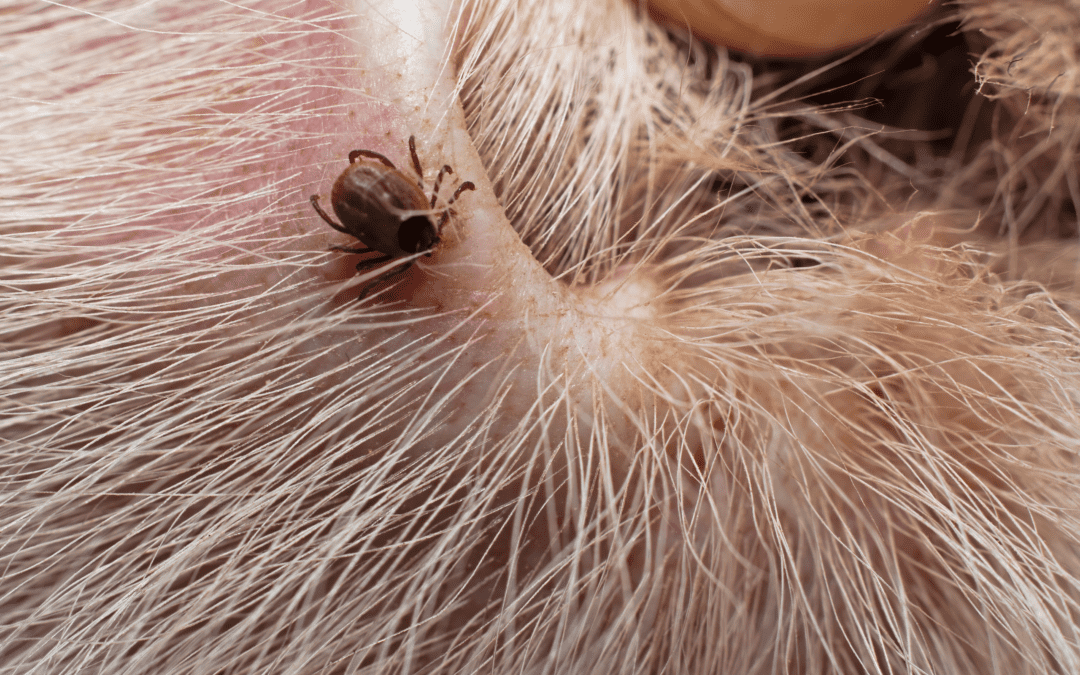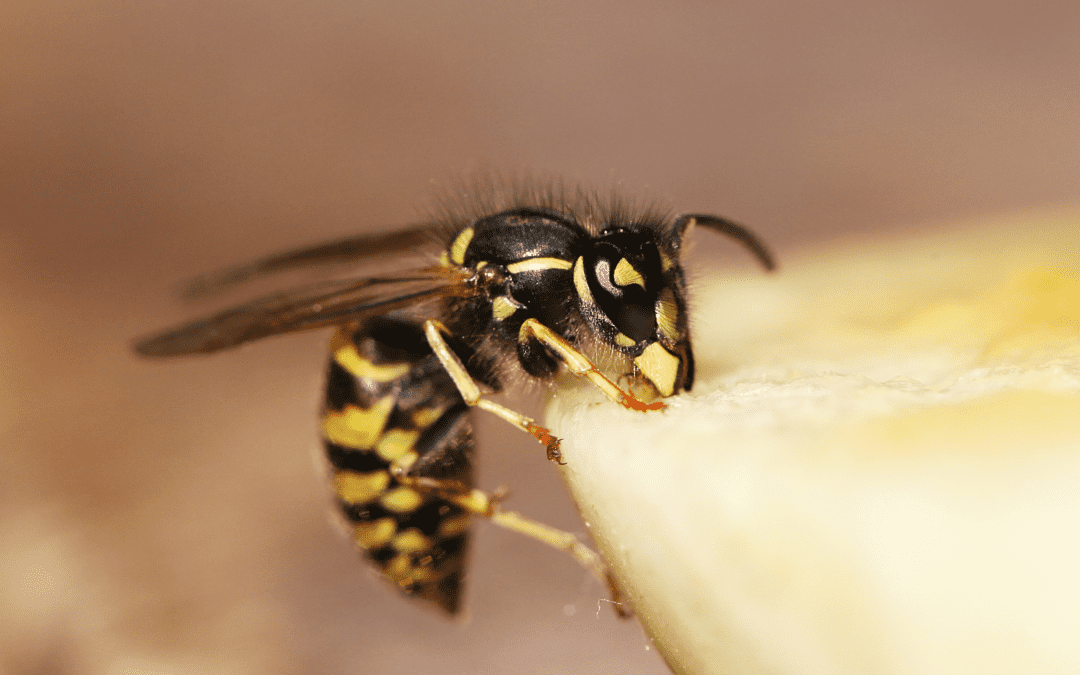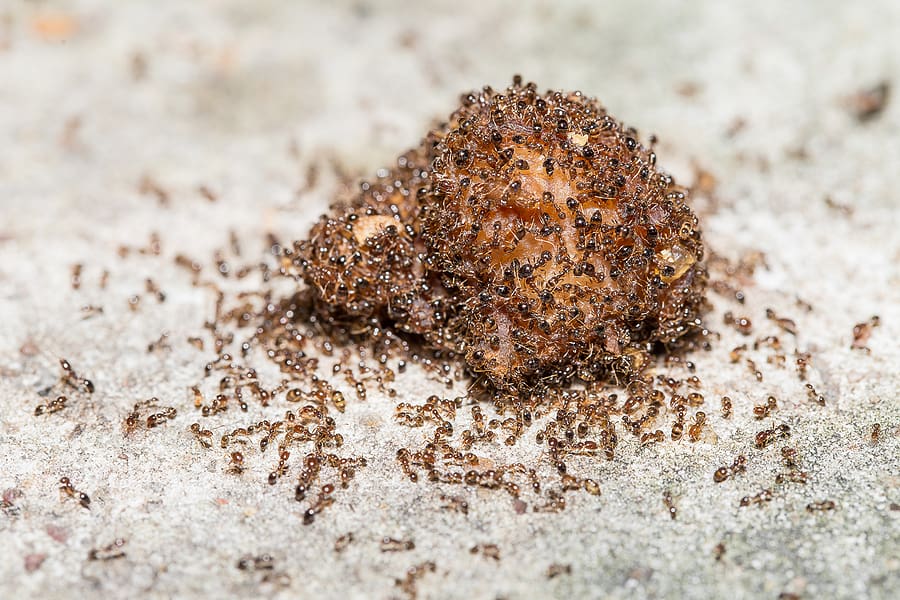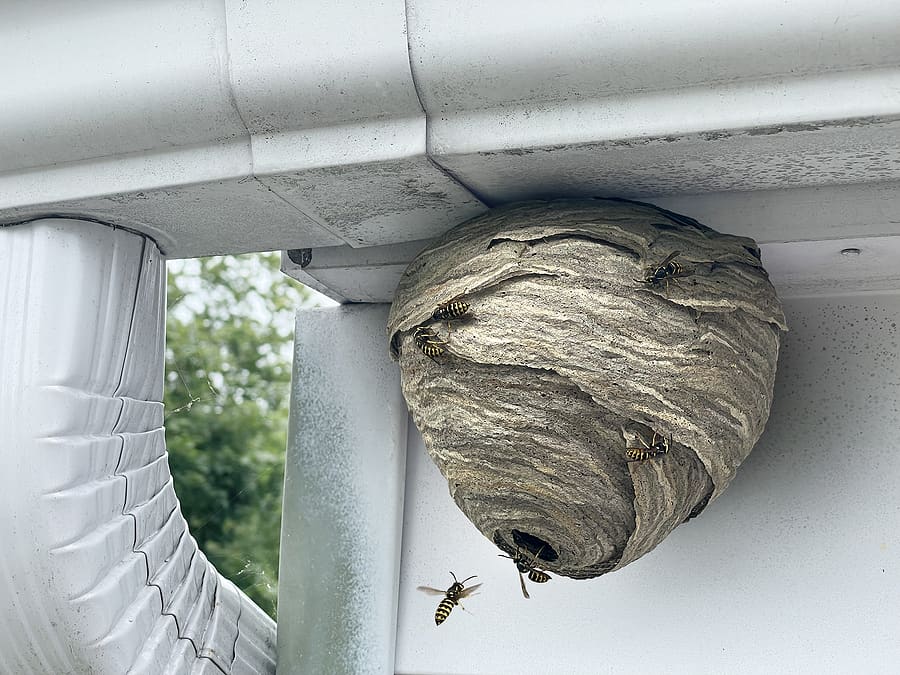READY TO GET STARTED?
REQUEST A FREE ESTIMATE
Fill out the form below or call (888) 466-7849 for a free, no-obligation estimate.

Fleas and ticks can harm our family and pets, latching onto us for a blood meal. While these pests are small, they come with big health risks by transmitting diseases. As warmer weather continues outside, these pests will do the same, thriving in South Florida’s climate. Fleas and ticks often get confused with one another, so it’s helpful to understand the difference between the two so you can keep your family protected.
Fleas are wingless with a reddish-brown, flattened body. Adult fleas will range up to 1/6 of an inch in length. These creatures have mouthparts that are adapted for sucking blood from a host. What is unique about fleas is that they have long, strong back legs that allow them to jump repeatedly from one host to another. A common indication that your pet has fleas is noticing them repeatedly scratching and grooming themselves. Likewise, for humans, fleas will leave behind itchy bite marks on the skin. Another sign is spotting flea feces, or flea dirt, throughout your home. Flea dirt looks like coarse ground black pepper and is typically found in areas where a pet rests.
Depending on their species, ticks come in a variety of sizes and colors. There are two groups of ticks to look out for: hard ticks and soft ticks. The most common tick species in North America include the deer tick, lone star tick, brown dog tick, and American dog tick. While these ticks may look different, they are all seeking a blood meal and a humid place to habitat. They are often found in wooded or vegetated areas. When they find a host, they will typically latch onto the face, legs, armpits, belly, and even in-between toes!
Taking precautions before you leave home with your family or pet can help reduce the chances of a flea or tick infestation. Here are a couple of preventative measures you can take to prevent fleas and ticks from biting you, your family, and your pets:

Summer is in full swing in Ft. Lauderdale and that should bring fun activities your way, such as relaxing outside on your patio or spending time with your kids in the backyard. Unfortunately, it can also bring summer pests! Most active in the summer are stinging pests, including yellow jackets, wasps, and hornets. There are several ways to prevent these pests from messing with your summer fun, so let’s break each one down!
On the larger side of the stinging pests, hornets have brown and yellow abdominal stripes on their bodies. Their nests are often built-in hollow trees, and the walls of houses and attics. They are attracted to light and can fly to your windows at night if they see a light on. They are relatively non-aggressive near the nest, but there is potential for a stinging hazard if threatened.
Prevent hornets by:
These pests will become aggressive if they feel threatened enough and are known to sting multiple times. Wasps are highly attracted to backyard events, resulting in an increase in your chances of being stung. Their nests are typically built in branches, porch ceilings, eaves, and attic rafters.
Prevent wasps by:
These social insects are usually anywhere humans are found. They have a non-fuzzy, black and yellow striped body. Attracted to sweets and proteins, they commonly invade outdoor events. Their nests can be found either high up or in the ground. Yellow jackets will sting multiple times if they feel threatened and can sometimes cause allergic reactions.
If you have a stinging pest problem, reach out to your local Ft. Lauderdale pest control company for professional help in removing these pests from your property.

Ants are a major nuisance, infesting our kitchens, pantries, bathrooms, and more! Once an ant infestation occurs, it can be difficult to eliminate them. There are many different species that live in the South Florida area, all of which are attracted to different factors. Check out our list of popular South Florida Ants and how you can prevent them below.
Also known as sugar ants, ghost ants are known to invade your home, building their nests either inside the home or outside of your property. These pests are lighter in color and translucent, measuring around 1/16” as an adult. Ghost ants prefer sweet foods that are high in protein, often eating fruits such as honeydew.
You can often find multiple ghost ant colonies close together. These pests tend to build their colonies around flowerpots, under piles of wood, or any undisturbed place that is warm and damp. If they’ve infested your home, they tend to hide behind cabinets and baseboards.
Fire ants are one of the most aggressive ant species in South Florida. These ants will bite, which can be very painful and leave a raised welt on the skin. Fire ants can reach up to 1.4 inch in length and are reddish-brown in color. While they prefer high-protein foods, they will feed on plants and animal matter.
These ants will bring multiple colonies to your property, creating mounds outside in sunny warm areas such as patios, sidewalks, driveways, and other open areas on your property. Fire ants are also attractive to shiny or reflective objects, often invading vehicles and swimming pools.
Harmless to humans, crazy ants are considered the more erratic ant species, getting their name from their erratic patterns of movement. These ants are dark brown to black but can range from reddish-brown to grayish colorations. Many can recognize them from their long antennae and legs. These ants prefer to eat sweeter food courses, such as honeydew in the spring and fall months. In the summer, they tend to feed on seeds and insects for protein.
These ants are highly adaptable, living in both wet and dry habitats. Their nests are typically in the soil, under leaf piles, in shrubs, and in the cavities of trees. They will enter homes, usually right after a rainstorm. Once inside, they can be found in walls, floor voids, and near hot water pipes and heaters.
Avoiding ants can seem impossible, especially during the summertime. Consider these ant prevention tips to help deter ants away from your property:

The summertime should bring activities such as lounging by the pool, having picnics, or enjoying our yards, not dealing with summer pests! Most active during warmer months, stinging pests can pose a health threat to your family. Check out our list of common South Florida stinging pests to lookout for this summer.
Paper wasps are semi social insects, meaning they live in colonies containing workers, queens, and males. These pests are reddish-orange to dark black with a long and slender body. Paper hornets tend to nest in round, upside-down paper combs, attached by a single stalk to a horizontal surface, often resembling an umbrella. These pests will typically build their nests underneath objects such as porches, decks, or soffits. Paper wasp nests house egg-laying females, the queen, and subordinate females who function as workers. Paper wasps will sting, with some people allergic to their venom.
Also, a social insect, yellow jacket nests contain female workers, males, and reproductive queens. Yellow jackets are black and yellow, often getting mistaken for bees. These pests will construct their nests into several layers made of tiny bits of wood fiber chewed into a paper-like structure. Yellow jacket nests will only produce males when it’s time for them to breed, then they die off. Their nests are large, often built underground or in hollow logs, tree stumps, between walls, and inside recycling bins where a food source is found. If threatened, yellow jackets will alert their nest to attack the nearby offender, painfully stinging them.
There are several species of hornets including the bald-faced hornet, European hornet, and the giant hornet. These pests can be beneficial to homeowners as they will control common household pests. Though, they will quickly become a nuisance if they build their nests throughout your property. Common areas where hornets build their nests are hollow trees, attics, porches, and inside of walls. These pests will sting to protect their colonies, repeatedly stinging during an attack.
If you’ve noticed these stinging pests around or inside your home, it’s best to reach out to your local South Florida pest control company to inspect and safely remove them.

Purchasing and owning a home is a serious investment for every homeowner. Ensuring that it’s aesthetically pleasing, in good repair, and healthy is at the top of our minds. The last thing we want to deal with is a pest infestation, though it’s likely to happen from time to time. While spotting one or two pests is not usually a big deal, if the problem becomes bigger than we can handle, it could be time to call an exterminator. Check out our top 5 signs that it’s time to contact your local South Florida pest control company.
Finding rodent droppings is one of the first indications that a rat is inside your home. Rat droppings are found in dark, undisturbed places in the home, including basements, attics, or crawlspaces. If these creatures find their way inside, they can cause serious destruction, such as chewed electrical wires that can lead to house fires. They’re also known to carry diseases, putting your family’s health at risk.
Nests are usually found in basements, attics, or even old cabinets. Pests such as mice, birds, or rats will nest in your home to find a safe place to search for a food source, keep warm, and breed. Finding a nest usually means that the pest population inhabiting your home is getting larger.
Have you ever woken up in the middle of the night to scratches, tapping, or squeaking coming from the walls or attic? No, you are not in a horror movie, it’s an indication of a rat, rodent, bird, or termite infestation. These sounds can follow with strange, alarming smells such as the pest’s droppings or urine.
If you start to notice your home or the items in your home are damaged, it’s a sign that pests have snuck in. Spotting chewing or gnawing marks on our furniture, clothes, or walls indicates that rodents such as rats or mice are inside. Ants and termites are likely to destroy wood throughout the home, affecting your home’s structural integrity. Other pests, such as bed bugs, will often eat our bedsheets and mattresses.
Many pests can be easily removed or controlled through some do-it-yourself pest control. But, sometimes, as much as we try to remove these pests ourselves, it might be time to call in the professionals for routine pest control service. Pest Control includes a thorough inspection of your home, pest identification, locating pest entry points, and ongoing treatment and pest prevention. Request a free pest control estimate now to get started.